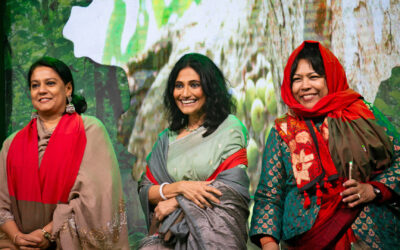Inequity in Renewable Energy Responsibility on World Earth Day 2025
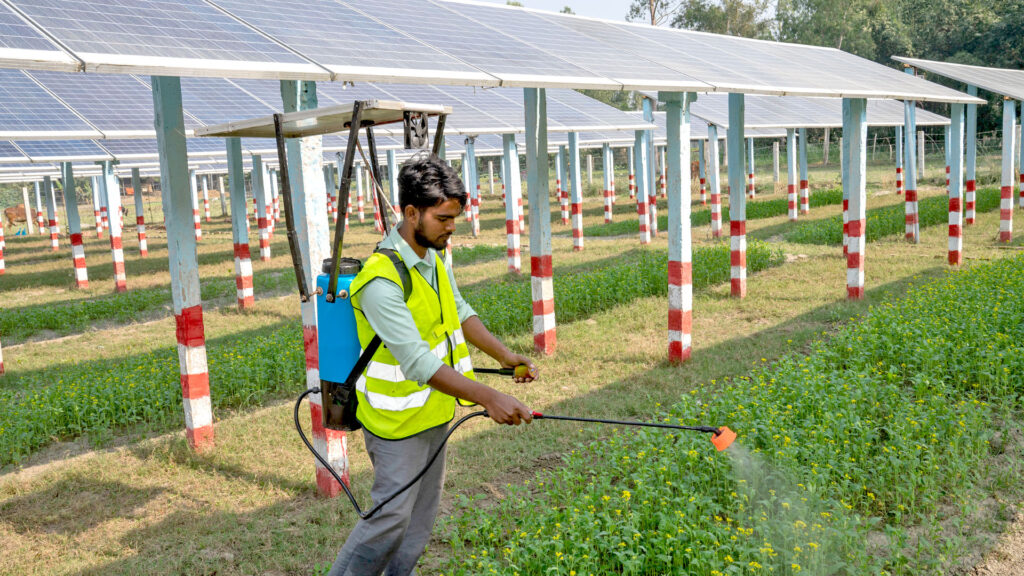
by Iffat Ara Sharmeen,
22 April, 2025
This World Earth Day is all about championing the tripling of renewable energy capacity by 2030 in the wake of rising populations and energy demands. As billionaires launch lofty space missions and the world’s superpowers clash on trade wars and manufacturing sprees, isolated communities in Bangladesh continue to fight an uphill struggle against climate change. The disparity is clear—renewable energy in countries most responsible for fossil fuel consumption and greenhouse gas emissions is far from a substantial reality, while countries with the least accountability bear the full force of nature’s wrath and have little time for amusement.
This inequality is a wake-up call. Fossil fuels harm the planet’s oceans and forests and the interconnected health of humans, wildlife, and nature. The theme of ‘Our Power, Our Planet’ reminds us that there is still time to control the damage and spearhead sustainable energy, especially for the most vulnerable communities.
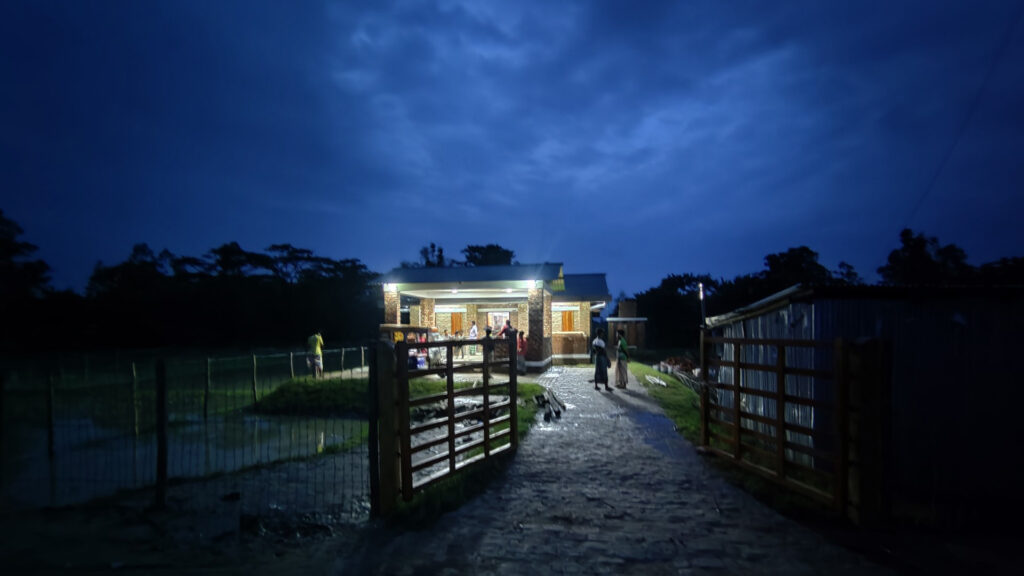
Developments Post-COP29
Some well-meaning developments did emerge from COP29 Azerbaijan. The COP29 Global Energy Storage and Grids Pledge committed to deploying 1,500 GW of energy storage globally by 2030. COP29 placed significant focus towards developing green hydrogen infrastructure, modernising existing hydropower infrastructure, reducing methane emissions from organic waste, fast-tracking procurement of green building materials, developing heat action plans for efficient cooling, focusing on emissions-free transport, climate proofing SMEs, etc.
In Bangladesh, the Power Development Board (PDB) is poised to develop 14 new grid-connected solar power plants in the private sector, totalling 500 MW production capacity. The government is also focusing on tax breaks on renewable energy power plants, tax incentives on renewable power generation, and the development of grid-connected ‘solar hubs’.
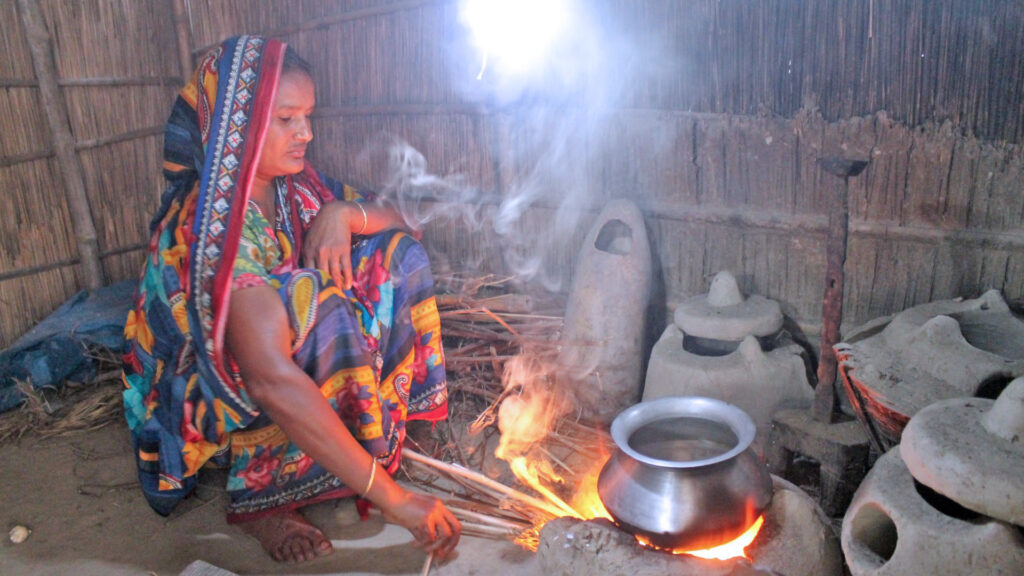
Solar Power Lighting the Most Remote Corners
Bangladesh has long tried to connect remote, marginalised areas to the national grid, but geographical difficulties and logistics have always remained a challenge. The private sector in Bangladesh has shown significant merits in this regard.
In 2021, Friendship along with the ENGIE Foundation, installed a 54-kW solar micro-grid in the village of Goynar Potol in Chilmari, Kurigram. What began as a pilot project for electrification in the shapeshifting char islands of the Jamuna River quickly became a successful venture worth expanding.
The groundbreaking concept behind the project was that it was cost-efficient and could withstand floods. Thus, the entire project can be dismantled and relocated to a new location in the village after a disaster. The village, once receiving little to no electricity, now enjoys electricity throughout the day and night, deriving energy from the sun and producing little emissions. It provided opportunities for livelihood, education, safety, and security. Individual households no longer had to rely on small solar home systems, which could not meet energy demands sufficiently.
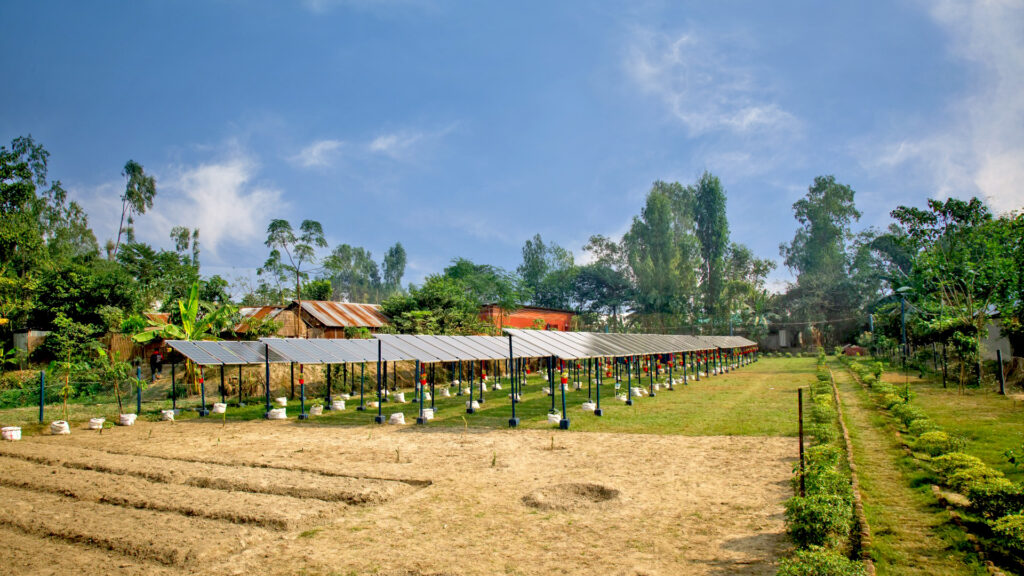
Friendship developed another solar village in Ghughumari, Ulipur, Kurigram, with Standard Chartered Bank. This solar village powers 150 families living near the Brahmaputra River. Friendship’s latest solar village is in Kabilpur Char, Gaibandha, established in 2023. The 57.6 kW micro-grid powers 162 households, 42 shops, 4 schools and madrasahs, and 2 mosques.
Bangladesh aims to achieve 15% renewable energy by 2030 and 100% by 2050. As of 2024, renewable energy is about 4.5% of the total installed power capacity in the country, with solar power dominating the sector. With more contributions from the private sector and enhanced engagement of other renewables, meeting this target is possible. Developed countries too need to do their part and keep their commitments to the Paris Agreement.
Read more here!


